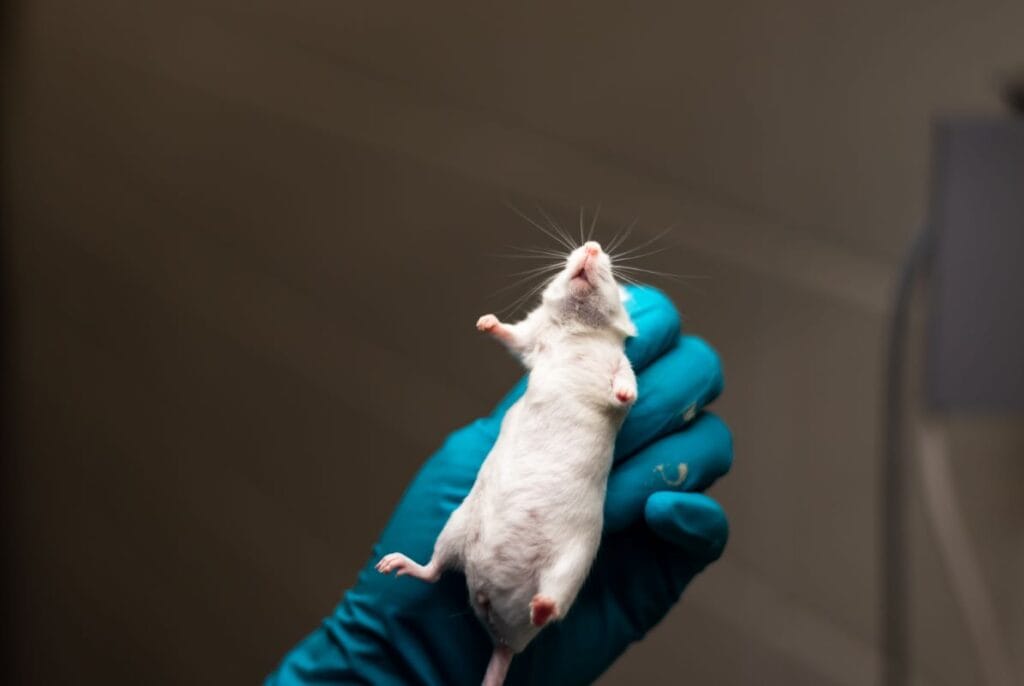Biotechnology is crucial for equipping the world with everything necessary to improve health, welfare, and productivity. Be it the food in your pantry or the drugs in the cabinet, animals have helped the world’s scientists enhance your lifestyle. At the same time, animals have also had a significant role in medical research. In fact, the top drugs prescribed in the world are animal-tested.
Despite the criticisms against animal testing, the procedure is unavoidable in scientific research. Enhancing the human ability to detect, treat and prevent diseases, animals in the biomedical industry deserve due credit. Apart from this, complex assisted reproduction techniques, organ transplants, and livestock cloning are other areas that biotechnology has relied on animals to make the world better. If the world has become healthier, safer, and consistently better, you know who to thank.

Animals commonly used in biomedical research
Mice and rats
For as long as humans have been engaged in scientific experimentation, lab rats have been a part of the journey. Almost 95% of all the animals used in laboratories are mice and rats. Scientists have relied more on these small animals because their physiology and genetic makeup closely resemble that of people. Besides, rodents are easier to manage and have a shorter lifespan allowing researchers to study various lifecycles quicker. Even though there are ample differences between people and rodents, the common factors are sufficient to investigate human diseases, thanks to an enormously powerful and versatile mammalian system.
Non-human primates
Once the foundation of a biomedical research project is made strong, it is imperative to test the feasibility of its application. Usually, nonhuman primates are used for this purpose. With the changing outlook on animals in research, the testing on nonhuman primates has been reduced to a quarter of 1% of animals in biomedical research. Most of the time, monkeys are used instead of apes or chimpanzees. It is based on the results of nonhuman primate testing that the polio vaccine, blood transfusions, and advances in organ transplantation have been made.
Pigs
Biomedical research has been undertaken with pigs as a model for the human species. As livestock, healthy pigs generate more income when they are reared. Research has been put into understanding the diseases that these animals’ contract and the ways to counteract them.
Moreover, pigs are closer to humans in terms of physiology, genetics, and size than rodents. Testing critical medical procedures and drugs on pigs can yield better test results. This translates into more successful breakthroughs in the field. One of the most advantageous research finding from these studies is the porcine tissue transplant.
Xenotransplantation is Changing Medicine: Here’s How
In the simplest terms, xenotransplantation is the transfer of living cells or tissues from one species to another. While it sounds highly unlikely and risky, it has been proven to be possible and effective. With successful settings for xenotransplantation, there is the potential for an unlimited supply of cells, tissues, and organs for humans. This means, critically ill individuals do not have to wait for human-to-human transplantation opportunities to open up.
Be it skin grafts or heart transplants, the option of porcine or bovine transplantation is an escape from the death sentence for many. Even in cases of conditions such as Alzheimer’s or Parkinson’s disease, xenotransplantation is proving to be useful. In fact, the first successful pig-to-human heart transplant was done in Maryland, USA in 2022.
As exciting as xenotransplantation sounds, it is not without any risk. So far, the porcine tissues or valves used in transplantation are chemically treated, non-functional porcine tissues and thus, relatively risk-free. In comparison, viable organ transplants hold the threat of cross-species transmission of undetected or unidentified animal infectious agents. Therefore, clinical trials of advanced xenotransplantation are not being done in full swing yet.
Ethics in Animal Testing
The principles governing the use of animals in scientific research have evolved greatly over the years. Compared to a century ago, animal welfare takes precedence in lab settings. With the understanding that humane care of laboratory animals is essential to obtain trustworthy and replicable results, researchers have also adopted ethical animal testing into their studies. Since lifestyles such as veganism are becoming more popular, animal testing is being reduced wherever possible. However, in biomedical research, until a substitute for the complex functions of a living, breathing, whole-organ system with pulmonary and circulatory structures like those in humans can be found, animal testing cannot be set aside.
Final Thoughts
The contribution of animals to the industry of biotechnology and biomedicine cannot be ignored. To move forward with the advances in areas like xenotransplantation, there is a need for more analysis and review of the risks. Before starting with animal testing in medical procedures and drugs, it is also essential to consult with the public.

